-
Assignment 3: Colours of Shingle: Animating in Situ
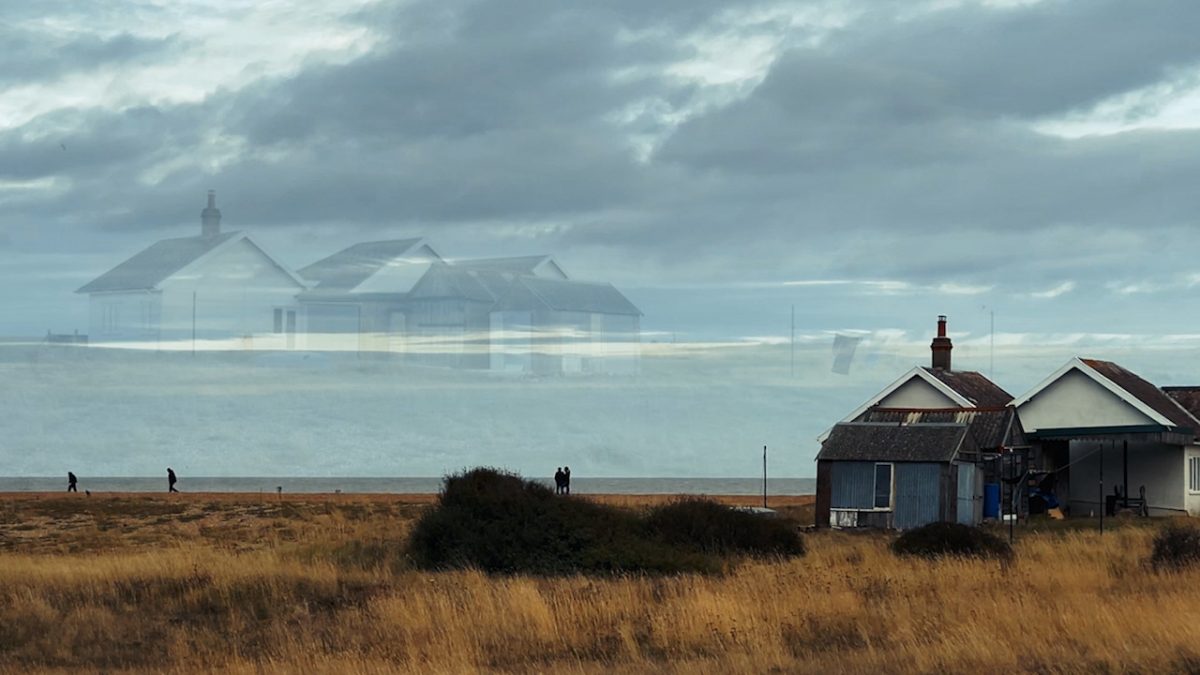
Documentary It is a source of fierce academic debate whether terms such as ‘animated’ and ‘documentary’ can be joined together in any meaningful way. The word animation refers to ‘highly mediated and manipulated imagery’ and the word documentary suggests a ‘story based on facts’. In the unit Fact and Fiction the proposition was made that…
-
E3.6 Fragments Walking: Document a process
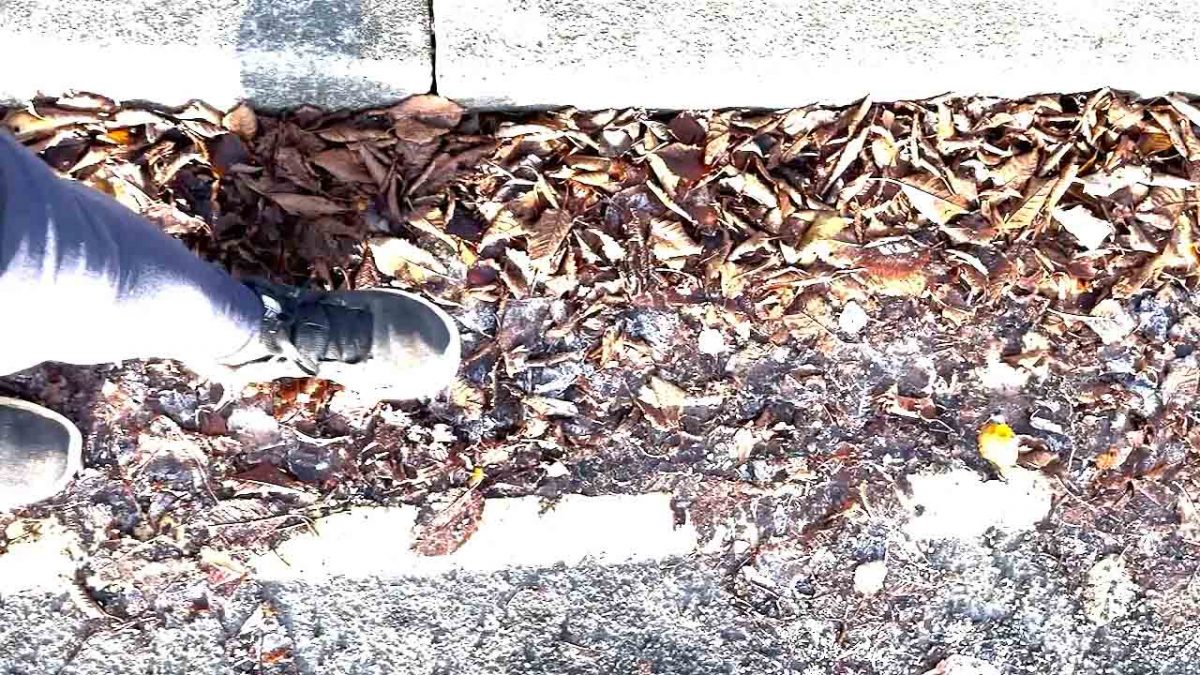
Indexicality The word indexical refers to the existential bond between copy and reality. It is the phenomenon of a sign pointing to (or indexing) some object in the context in which it occurs. It has been defined in terms of the camera producing a “footprint” of the ‘profilmic event’ (reality). Whatever is placed before the…
-
E3.5/3.7: Sparrowhawk Landing: Garbage Mattes, Basic Compositing and Keyframing
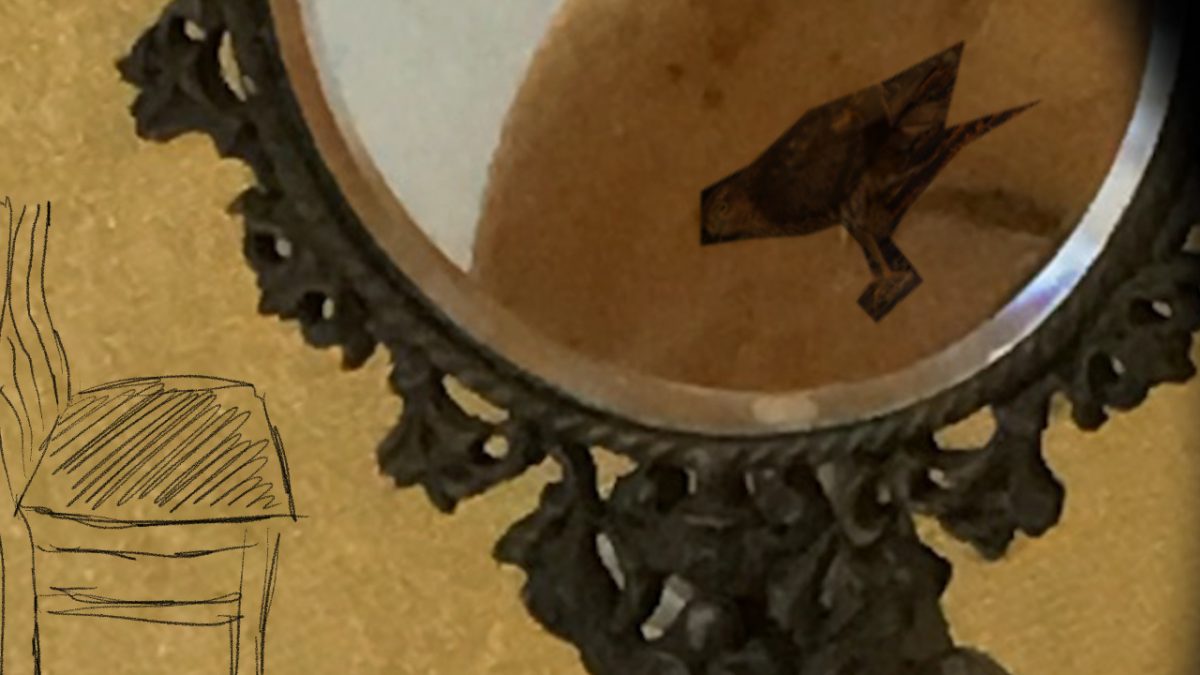
TASK: Exercise 3.5 Garbage Mattes and Basic Compositing Returning to one of the first exercises of this unit, the rotating chair, bring this into your editing software to use as the basis of a compositing exercise. Find a still image from the internet of an animal or object, or photograph your own.Bring this in to…
-
E3.4: The Squirrel: Rotoscoping
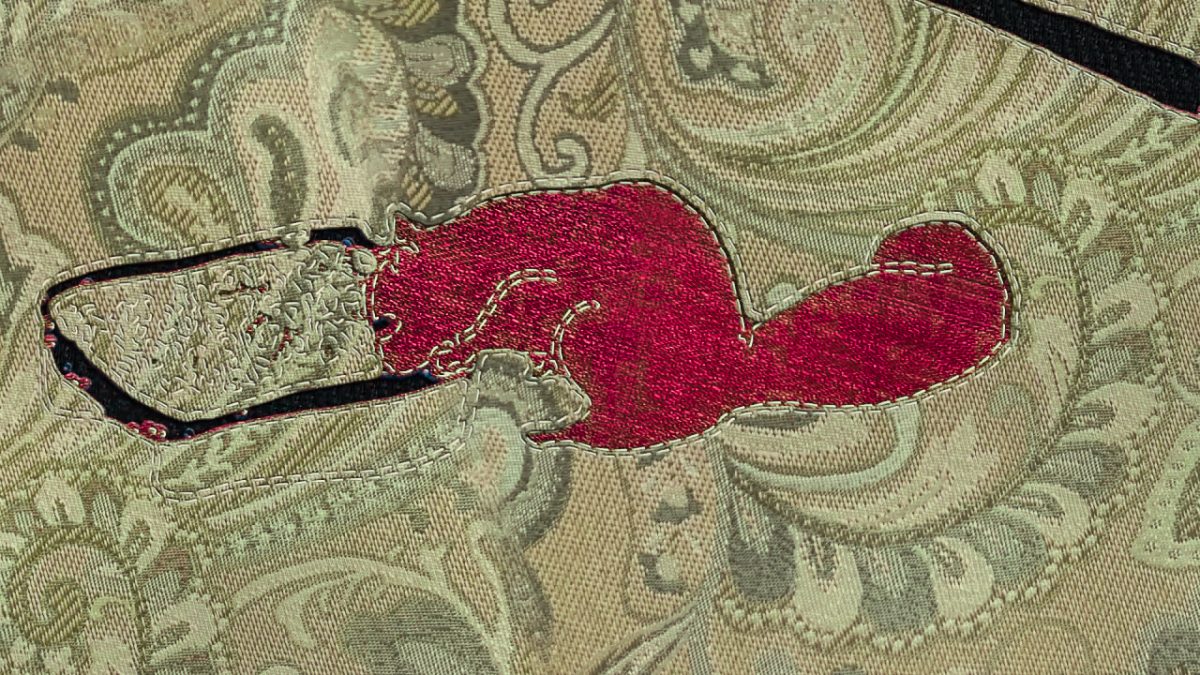
This project only scratches a bit more of the surface, pending much more in-depth study of After Effects in Assignments 4 and 5. Here I take my own low resolution video and (building on E3.2 Sparrowhawk) looks at how to manipulate this as the basis for line animation and After Effects Creative Effects. As a…
-
E3.3: Edges in Time: Accumulation, destruction or trace
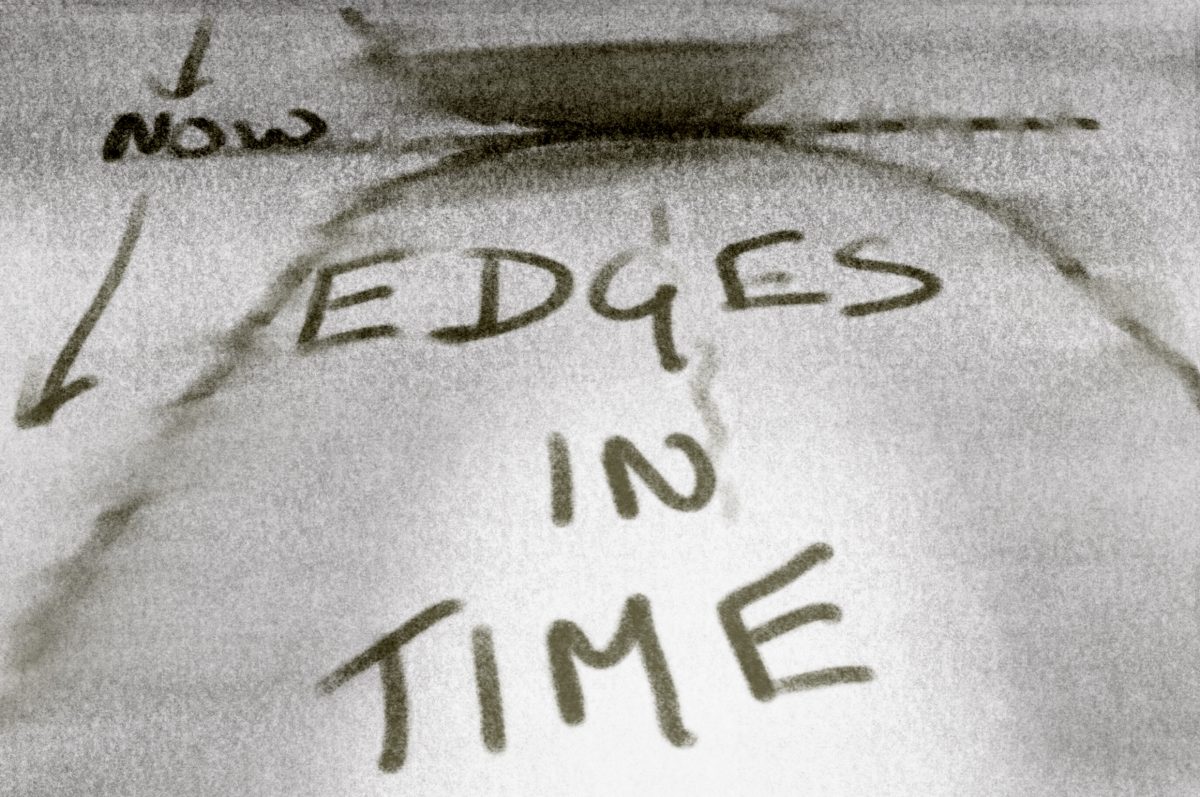
Conceptual abstract exploration of the ways that our perceptions of past present and future change over the life cycle from beginning of life when the past starts gradually to be known, and the future looks long, large and bright to the final shortening of a future that looks increasingly dark, and memories slowly erase and…
-
E3.2: Sparrowhawk: Gestures
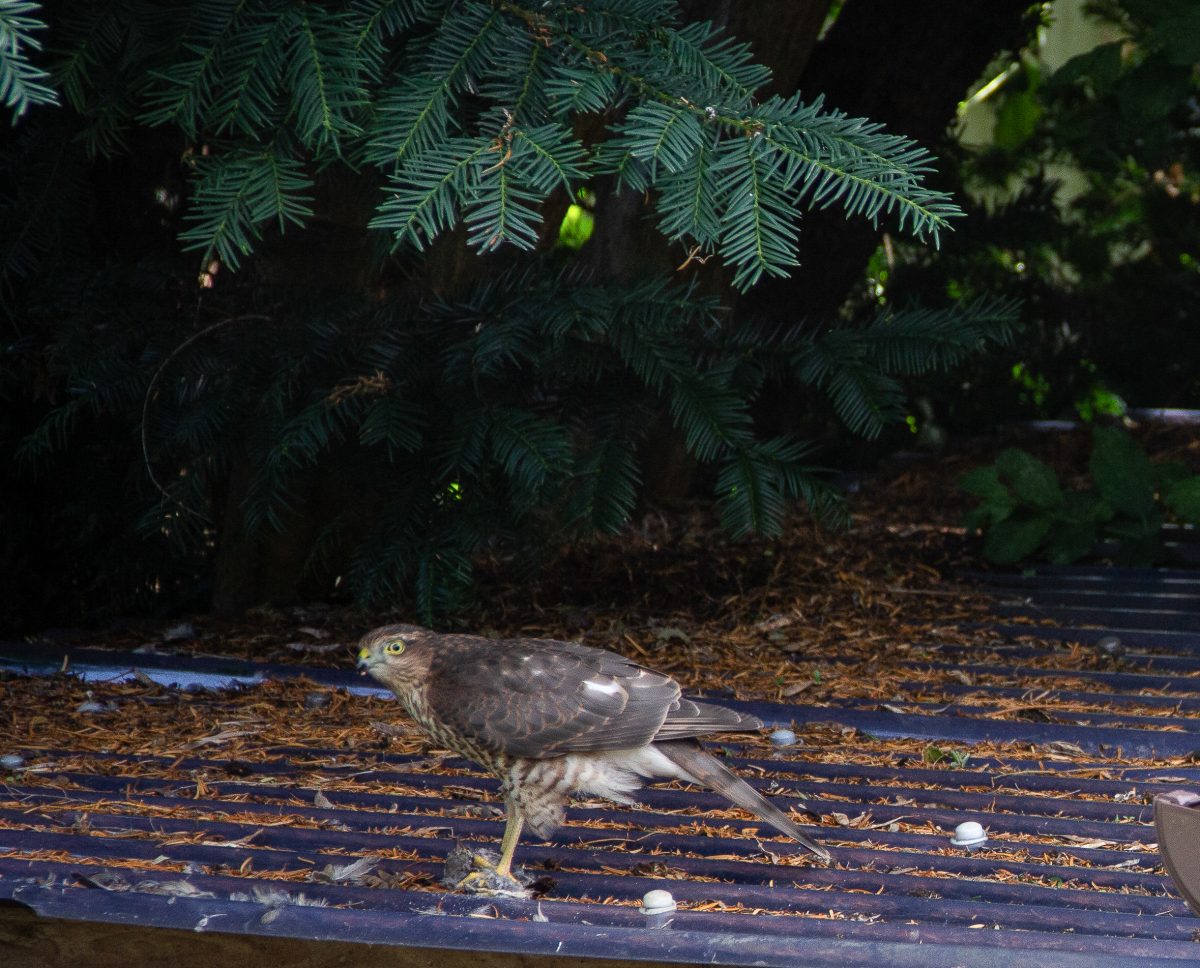
TASK: Choose a simple gesture that you or another subject can perform. For example, a hand movement, pose, or facial expression. Represent the same gesture through static and moving media: for example a photograph or drawing, and moving image or a short animation.Compare the results. Are there different aspects of the gesture that you are…
-
E3.1: Shadow Wall: Animation Light Study
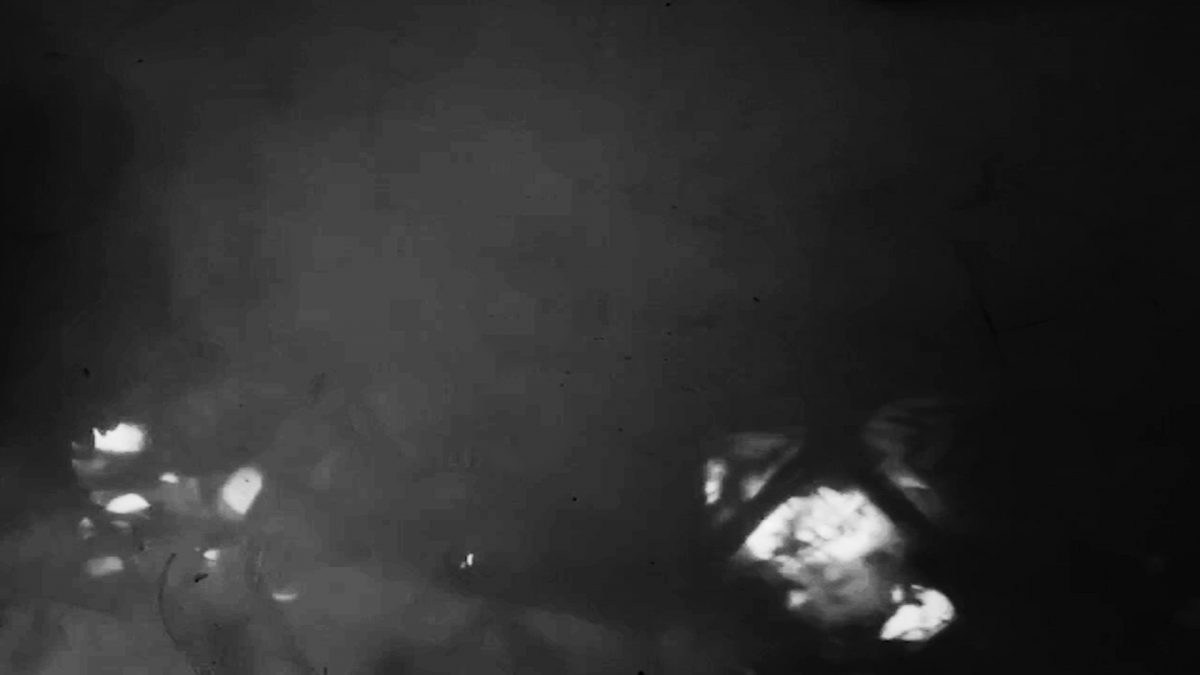
Some of the most beautiful sights in my own life are simple but mesmerising plays of light filtered through shadows that dance on flat surfaces or water and change from moment to moment – one of the nearest (frequent) experiences my life gets to spirituality. ‘Shadow Wall’ is an experimental timelapse animation of light dancing…